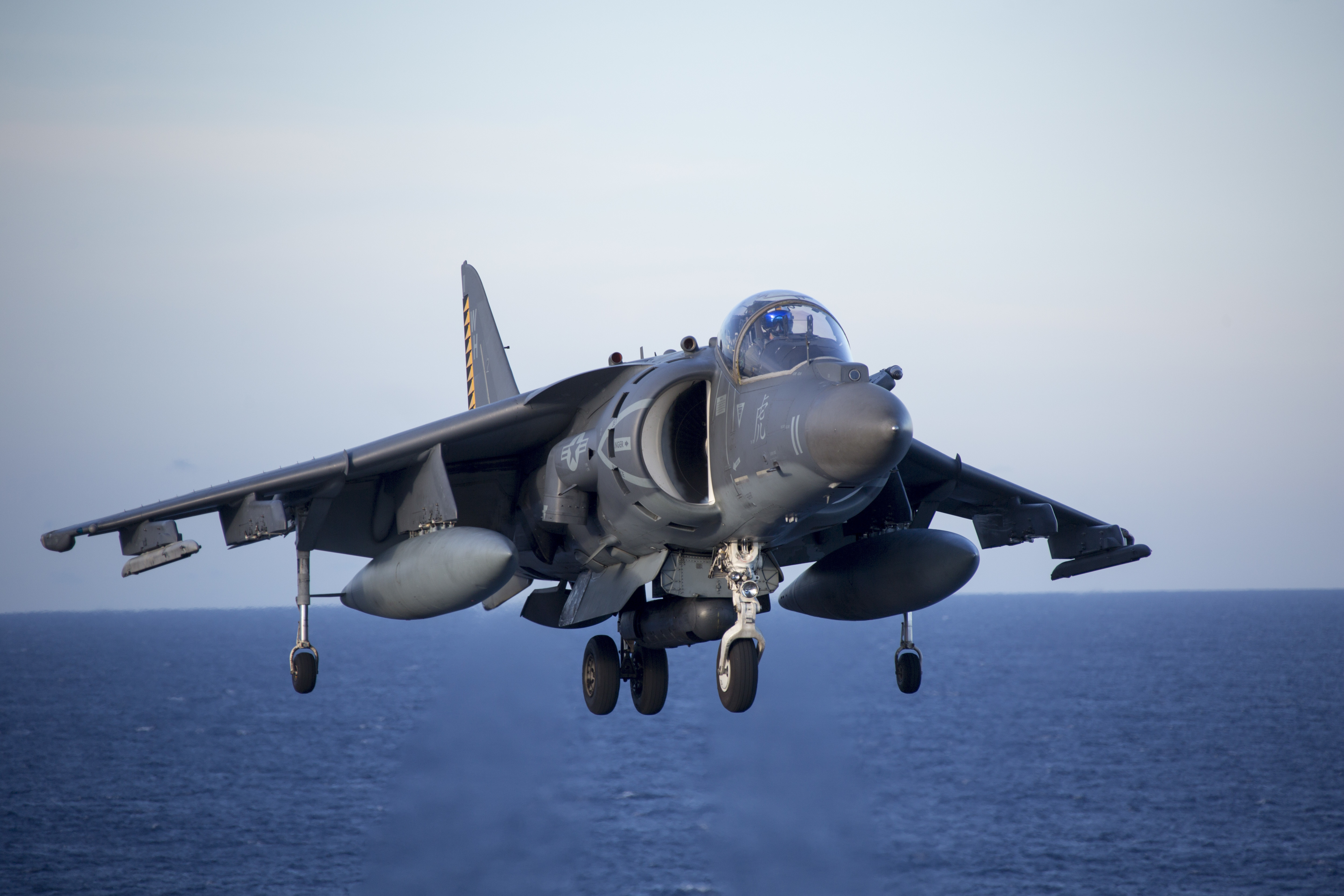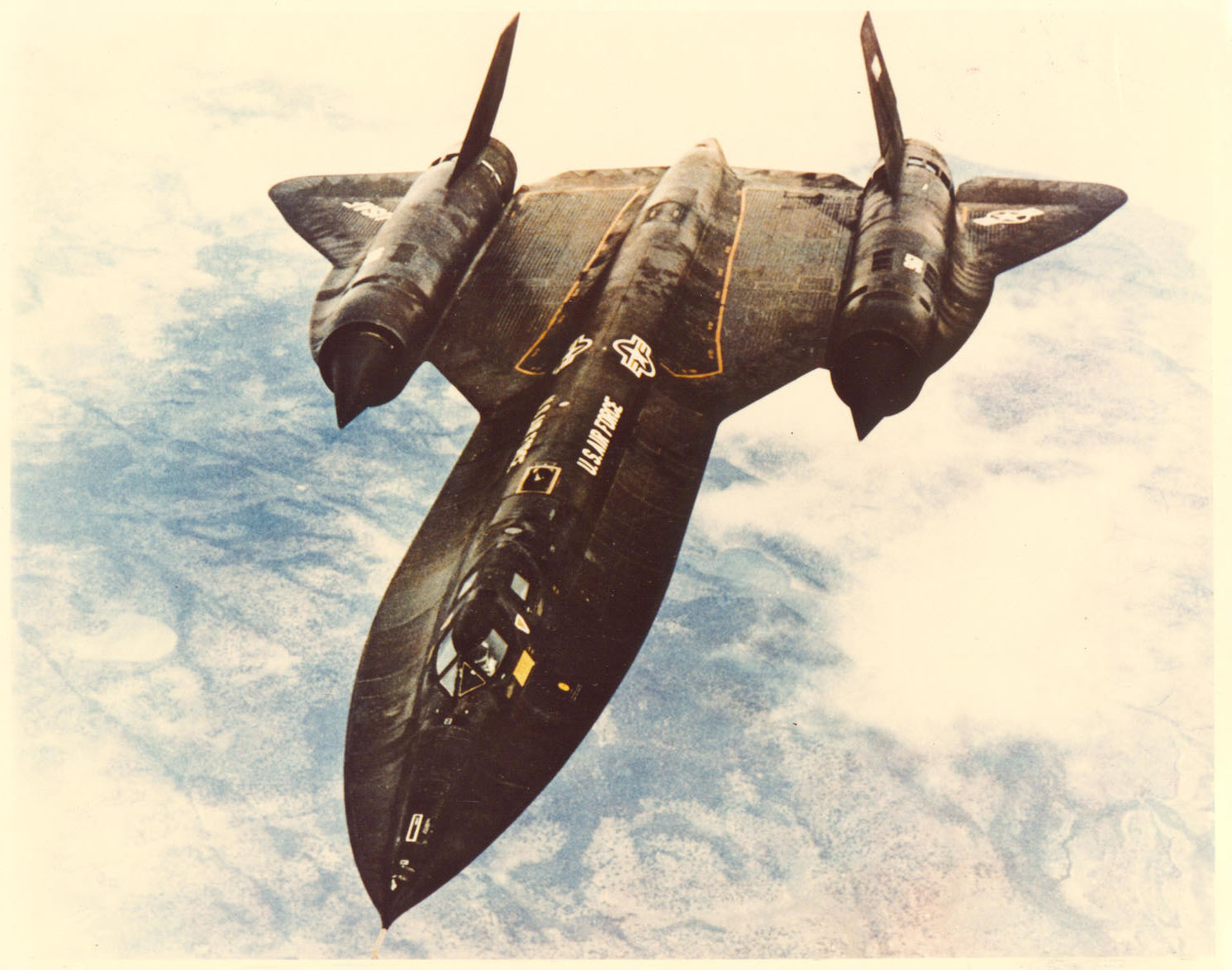Attending the Air Show with Me
I've attended the Cleveland National Air Show regularly since 2008. Because I'm such an aviation geek, I love giving tours to the people who come with me. And sometimes I attract attention.
Because I've been interested in airplanes literally as far I can remember and I'm a voracious reader, I've picked up a lot of stories and facts about aviation. Because hobbies are more fun when they're shared, and I like teaching people about aviation, I like bringing friends or family along. I try to limit my sharing to keep people below the "eyes glazed over" threshold, and some of my proudest moments were the unplanned ones when strangers joined my group.
 |
CH-53E Super Stallion
This year's air show featured a CH-53 ground display (static) and an aerial demonstration. Unfortunately we arrived too late for the demo - sad because I hadn't seen it before - but I used that as a springboard to talk about the static display.
Prominent on the nose of the CH-53E is an aerial refueling probe, which allows it to receive additional fuel mid-flight from a tanker aircraft. I was explaining this to the kids when a gentleman wandered over. I moved to the side in case he was trying to get past, but he only asked me more details about aerial refueling. After a minute, he called his family over and they all hit me with questions and I had to balance that with my own group's questions. "How many engines does it have?" (3) Weapons? (machine gun mounts for the doors) "Range?" ("A few hundred miles" - actually 621 mi) "How much can it carry?" (Didn't know, actual answer 14.5 metric tons)
A question they asked a few times was, "How do you know so much?" And I have trouble answering that question. My parents indulged my enthusiasm with fiction and nonfiction books and magazines, and the knowledge compounds: the more I know the easier it is to retain new facts because I have context. If I know an F-22 weighs around 80,000 pounds, has twin F119 engines, and a thrust-to-weight ratio greater than 1:1, then I know each F119 engine puts out about 40,000 pounds of thrust. Actually they each put out 35,000+ pounds of thrust because thrust/weight didn't assume maximum takeoff weight, but I was close.
 |
AV-8B Harrier II Plus
The Harrier was the first operational short takeoff / vertical landing (STOVL) fixed-wing aircraft and has a place in my heart for accomplishing a very hard task (moving thrust from vertical/lift to horizontal/forward flight) in an efficient and conceptually-simple way. While its competitors tried extra engines, lift fans, or tail-sitting landings, the Harrier used a single engine and four pivoting nozzles (two left/right in the front blowing engine bypass air and two left/right in the rear blowing engine core air). That kept the thrust path unchanging through all operations (unlike some that opened and closed nozzles depending on stage of flight which were harder to control) and relied on a single engine (unlike many with engines that were only used for takeoff and landing).
Even its replacement the F-35 can't pull this off: it has a lift fan (in effect another engine) in the forward fuselage. The F-35 needed more speed (afterburners are hard in the Harrier configuration) and low-observability (the nozzles show up on radar and occupy space otherwise used for internal weapons bays).
When touring with my wife several years ago, a Harrier was on static display and I went through the above explanation. A group gathered around me to listen and my wife told me afterwards the pilot had given her a nod of, "Yeah, he's pretty much right."
 |
SR-71
The SR-71 is by wide agreement a cool plane. Some of its speed records still stand as a purely air-breathing airplane (i.e. no rockets). Designed to fly over the most heavily-defended parts of the Soviet Union, the SR-71 simply flew too high and too fast to be intercepted. Much of the SR-71's missions actually took place over Vietnam or the borders of the Soviet Union (after the Gary Powers U-2 shoot-down there was little appetite for direct overflights), but even there attempted intercepts were only possible due to the SR-71s following fixed routes that allowed Soviet (and other countries') planners to have a wide variety of aircraft ready to very briefly be in range of the Mach-3 airplane.
When I was visiting an aviation museum with my wife (I think The Evergreen Museum in Oregon?), I was walking around the airplane with her and talking through my stories as normal when a couple people walked up to us. They introduced themselves as working for Rockwell-Collins and were impressed with my knowledge and I should reach out to them if I was looking for a new job. Nothing came of it (at the time I was very happy in my current role and failed to follow up), but it was a nice gesture.
Conversations with Aircrew
Having been following the industry for decades, I've seen the retirement and replacement of some aircraft. Sometimes at the show I chat with the aircrews there and even ask if they're looking forward to / enjoying the replacement aircraft. I'm still surprised how often the response is "the old one is / was better". I'm sure there's some "it's what I'm used to" going on there, and change is always hard, but it still amuses me. These include (not naming years to avoid getting any crews in trouble):
- C-130J crew complaining that the removal of the flight engineer and navigator positions made for more work for the remaining crew
- When asked if his wing was in line to receive KC-46 replacements, a KC-135 crew member asked if I was a politician and when I said now, mentioned a recent refueling incident with the KC-46 that he blamed on the camera-based system that the KC-46 uses rather than the KC-135's aft-facing control station where the operator looks out of windows at the receiving aircraft
- P-8 operators seemed mixed on giving up their P-3 Orions, but finding replacement parts for the 1950s Lockheed Electra-based airplane were basically impossible at this point, so the improved reliability of the 737-based airplane was much appreciated

Comments
Post a Comment